Africa is the second-largest continent in the world; it is also the second-most-populous continent. The population of people in Africa makes about 16 percent of the world’s human population. With 54 fully recognized countries and 9 territories, the continent does not fall short of a typical one.
Lagos, Nigeria – 21 million
Lagos is known to be the most populous city in Nigeria. Lagos, the city of aquatic finery, is steeped in history and culture and has remarkable array of magnificent architecture and stunning attractions. The city is main economic spirit of Nigeria, despite not the capital city of the country; it has the strong presence of notable companies, educational institutions and top-notch amenities. The city is an interesting place to live, friendly people and unforgettable experiences.
Lagos City in Lagos State is Nigeria’s largest city and its economic capital, located along the Atlantic Ocean. According to Heinrich-Boll-Stiftung (HBS) Foundation research it’s the 7th fastest growing city in the world, with a population of 21 million, according to a 2014 report by the National Population Commission of Nigeria. The Borgen Project reports an annual growth of 2 to 3 percent of Nigeria’s population. Unlike other states dependent on oil revenues Lagos City economy is diversified to manufacturing, transport, construction, service, wholesale, and retail sectors. The state covers 0.4% of the country’s territorial land and is the smallest division in the country. Still, it accounts for over 60 percent of industrial and commercial ventures of the nation, according to Heinrich-Boll-Stiftung Foundation research. A 2015 report by the Economist states that annually Lagos State generates $90 billion dollars in goods and services. If it were a country, Lagos State economy would be number 7 in Africa making it bigger than that of Kenya, Cote D Ivoire, and Ghana. Though Lagos City has affluence a study on Financial Times in 2012 reported two thirds of the population as slum dwellers. Crime is also a problem in the city, and the United States’ Overseas Security Advisory Council (OSAC) gives it a crime rating of critical. Kidnappings, extortion, carjacks, assaults, rapes, armed muggings, and burglaries are common in the city.
Cairo, Egypt – 20.4 million
The giant Nile River flows slowly through the Egyptian capital, Cairo, with the same splendor as the River Thames while flowing through the heart of London. Nowadays the capital of Egypt has a modern look with high-rise business and office buildings in the city center, along the river banks. Not far from Cairo, on the outskirts of Giza, you will find the great Egyptian pyramids – one of the biggest attractions in the world today.
Cairo is Egypt’s largest city and its capital. It’s heralded as the cradle of civilization and in the Middle East, is also the largest city, and with its metropolis has a population of over 20.4 million. According to a 2014 Population Reference Bureau report, the country’s population is growing at a rate of 2.6 percent annually. Cairo is Egypt’s economic hub with two thirds of the country’s Gross Domestic Product generated in the greater metropolitan section, according to City Data. Textile and food processing, iron and steel production, consumer good productions, are some of the job creating sectors in the city. Cairo is also vibrant hub of tourism, commerce, finance, and government services. Since the January 2011 revolution, economic growth has been affected negatively with food and medicine prices increasing, and unemployment rising. Crime is also a problem in Cairo, with OSAC rating it high. According to UN data, the Greater Cairo area, with 8 overcrowded informal settlements, has large population segments living under the international poverty level of living below $2 a day. In those settlements, education levels are low, malnutrition high, health conditions poor, and diseases rife among children.
Kinshasa, DR Congo – 13.3 million
Kinshasa is the Democratic Republic of Congo’s capital and the largest city in the country. It’s located next to the Congo River and after Paris, is the second largest French speaking city in the world, according to CNN. Kinshasa’s population is estimated to be from 10 million to 13.3 million by various sources. The World Bank reports that DRC’s population as 74.88 million. According to the United Nations (UN) report on population growth in the cities of 2015, Kinshasa’s population grew at a rate of 9.2 percent. Though the country is mineral rich, 64 percent of the population lives below the poverty line according to FINCA International. Besides minerals, gas, oil, agriculture, and timber are the key sectors sustaining Kinshasa’s economy. But due to corruption and perennial conflicts most of the population doesn’t benefit. Crime levels are rated as critical by OSAC with one is likely to be a victim of street gangs, pick pockets or home burglars.
Luanda, Angola – 6.5 million
Luanda is Angola’s capital and the country’s largest city. The city’s population was recorded at 6.5 million according to preliminary data in 2014, but the number was revised to 6.94 million according to the National Statistics Institute (INE). According to a Swedish Embassy report, Luanda has the highest annual growth in population in Africa, and by 2030 will have 9 million residents. The city hosts the country’s busiest seaport off the Atlantic Ocean coast. The seaport is a gateway to export petroleum, diamonds, iron ore, and fish products, Angola has in bulk. It’s also used to import iron, steel, machinery, flour, and coal. Wealth from the mining and oil sectors has catalyzed a boom in construction in Luanda as high-rise offices and posh homes are built. Banking, finance, telecommunications, and tourism sectors are also booming in Luanda. But due to shortage of accommodation facilities in the capital, hotel and rental charges are very high. Among major world capitals Luanda in recent years has gained a reputation as among the most expensive cities to live in. Crime levels in Luanda are classified as critical by OSAC, with ongoing threats coming from gangs and cyber criminals. Poverty levels are high in Luanda with millions living in slums. About 55 percent of Angolans live on less than one U.S. dollar a day.
Nairobi, Kenya – 3.5 million People
There is something special in Nairobi, something that make it the most African city on the continent. It’s hard to describe in words, but here you feel like you’re in the heart of Africa. The high skyscrapers in the downtown give the capital of Kenya modern look. The combination between its traditional African style and modern architecture gives Nairobi something unique and different. The city is among the places with the best infrastructure on the continent.
“The nightlife there is amazing, the [Kenyan currency] shilling is affordable and there’s Uber there—which says something about connectivity in this and other parts of Africa,” says Robinson.
“Plus, if you’d like to work there through the Department of State or an NGO, you can,” she adds, noting that there are plenty of those jobs available and that Nairobi is a travel hub that many choose to fly out of or into from other parts of Africa. However, for families especially, the crime there and in the coastal area of Mombasa—particularly carjacking and violent home invasions—can be concerning.
“It’s a city of contrasts, like so many other countries throughout Africa and the world,” she said, referring to the super rich and super poor, who share many of the same spaces. “But there is a warmth among the people that is tangible, and the opportunity to soak up so much cultural richness is one of Nairobi’s most attractive elements.”
Nairobi is Kenya’s capital and the country’s largest city. It has an estimated population of about 3.5 million residents of whom, 60 percent live in slum poverty according to a 2014 World Policy report. With suburbs included, it has an estimated population of 6.54 million according to the World Population Review. Nairobi is the only city in the world near a game reserve the Nairobi National Park. It’s a vibrant commerce, technology, manufacturing, industrial, and financial hub for East and Central Africa. As such Nairobi contributes 60 percent of Kenya’s Gross Domestic Product, or the nation’s wealth. Major airlines and charter plane companies operate from Jomo Kenyatta International Airport, thereby opening East Africa to the rest of the world. Crime levels in Nairobi are classified as critical by OSAC with robberies, burglaries, carjacks, and street crimes prevalent. Crime levels are high in slums like Kibera and Mathare where incomes are low. The slums are classified as the biggest in Africa.
A good number of multinational companies prefer to use Nairobi as the base for their operations in East Africa and Africa at large; for instance, companies such as Rockefeller Foundation and General Electric chose Nairobi as their anchor city for their African operations. Housing is affordable; their internet connectivity is one of the best in Africa. The technology market is promising, and the city has good social amenities and exciting attractions. The down side is transportation; it is preferable to have your own car.
Kenyan nightlife is infamous for its anything goes attitude. Things however are tightening up, and in Nairobi, rules are becoming more common, and more enforced. That being said, if you are looking to party in Kenya, Nairobi and the areas around Mombasa have you covered. Beer and other forms of alcohol in Kenya are widespread and easily available. Recently there has been an effort to crack down on people getting drunk and lazy during the day, so the selling of alcohol has been restricted. But you can never be certain if these regulations will be enforced, or if it is just another means of corruption.
Nairobi is one of the best cities to party in Africa. Almost every visitor is usually impressed upon landing in the city and getting a chance to experience its club-life. Life can never be boring if you learn to party hard. Nairobi city transforms at sundown to become the ultimate partying hub, full of revellers bustling about, trying to find the perfect spot to while the night fades away.
Plenty of Kenyan women, especially in Nairobi are willing to date and go out with foreigners, but just like in any country you visit, you must analyse each and every dating situation carefully because many, both men and women go out to hunt for sex in these clubs.
Mogadishu, Somalia – 2.1 million people
Mogadishu is Somali’s capital and the country’s largest city. Due to being one of the worlds’s most dangerous cities, no meaningful census has been conducted there. But it’s estimated to have a population of about 1.4 million people according to the World Population Review. A study by US’s Demographia Consultancy, reports the population at Mogadishu at about 2.1 million, and is annually growing at a rate of 6.9 percent. Other estimates by TBN place the population at 1.5 to 3 million. Also according to TBN, 43 percent of the population lives in abject poverty on this 640 square mile city. A 2002 UNDP/World Bank survey reports 73 percent of the population as living on less than $2 a day. Regardless of these challenges, Mogadishu is Somalia’s administrative and economic hub with foreign countries pouring aid to fund projects to kick-start this war torn country’s economy. The First Somali Bank was the first bank created in the country after many years in 2013, to serve the people there.
Abidjan, Ivory Coast – 4.707 million
One glance is enough to see that Abidjan, the pearl of West Africa, is among the most modern urban centers on the continent. Modern architecture, high-rise office buildings, well-maintained gardens, good infrastructure and always hurrying residents make Abidjan looks like a European or American city. The fast growing local economy has left its positive impact on the face of this beautiful metropolis.
The 818 square mile Abidjan City is the economic capital of Ivory Coast. It has an estimated population of about 4.707 million people as at 2014, who represent 20 percent of the country’s population. A study by the University of Ontario – Institute of Technology (UOIT) reports that annually, the population of Abidjan grows by 2.83 percent. The city has a population density of 8578 per square kilometer. Abidjan is Ivory Coast’s hub of industrialization and urbanization. The city accounts for 18 percent of national employment, 52 percent of secondary and tertiary urban employment, and 50 percent of the country’s Gross Domestic Product, according to a study by the University College London. Besides Cocoa, oil and natural gas sectors are other major economic contributors and Abidjan, has a refinery that processes crude oil. The petroleum extracted is then exported or used to process oil products locally. Still Abidjan grapples with children roaming the city without parents and guardians due to past civil conflicts.
Abidjan is sometimes called the “Paris of West Africa” because of its wonderful monuments, landmarks, and tourist spots. It hosts several festivals and events throughout the year. It is also home to towering skyscrapers, posh boutiques, and progressive business establishments. Located in West Africa, Abidjan is the former capital and the second largest city of Cote d’Ivoire. Aside from being the “Paris of Cote d’Ivoire,” Abidjan is also nicknamed the “Manhattan of the Tropics” because of its bustling tourism industry. Several golf and sports clubs, bars, restaurants, and hotels dot the city and as a visitor you won’t have a problem finding things to do in Abidjan when visiting.
Alexandria, Egypt – 4.7 million
Alexandria is a 115.8 square mile historical Mediterranean port and beach city in Egypt, founded in 331 BC by Alexander the Great. It’s the second largest city in the country with a population of about 4.7 million people, according to Egypt’s Central Agency for Public Mobilization and Statistics. Yearly its estimated Alexandria’s population grows by 1.7 percent according to Professor Shahira Sharaf El Din, of Pharos University, Alexandria. The city annually contributes US$46 billion to the Egyptian economy according to UOIT. Its economy is anchored largely by tourism and is thereby referred to as the Pearl of the Mediterranean. Nearly half of Egypt’s industrial activity is in and around Alexandria, making the city a major water consumer. In the ten years up to 2011, there had been a 50 percent rise in water demand in the city. Agriculture, growing population, and rapid urbanization are other factors increasing the water needs in Alexandria, according to a report by the French Development Agency. The city is run by a Governor appointed by the President. Since the 2011 Egyptian revolution there has been heightened crime and terrorists threats in Alexandria as in other parts of the country.
Addis Ababa, Ethiopia – 3.4 million
The 540 square-kilometer urban area of Addis Ababa is Ethiopia’s capital city and commercial hub. It has a population of 3.4 million according to the country’s Central Statistical Agency’s 2014 report. In 2014, Bloomberg reported that the city’s population is expected to reach 8.1 million, by 2040. Addis Ababa’s average annual Gross Domestic Product according to Lloyd City Risk Index is $32.04 billion, and is annually growing at the average rate of 12.18 percent. The city is an industrial and manufacturing hub which contributes 4 percent to the country’s economy according to Focus Africa. Construction boom is also being experienced in Addis Ababa with high-rise building sites sprawled all over the capital. In 2015, the first ever modern urban rail service was launched, built at a cost of $470 million, through funding from the Exim Bank of China. This rail service is first of its kind in Sub Saharan Africa. Still poverty is high and there are many homeless people in the capital or living in slums. It’s estimated in Ethiopia, 80 percent of urban dwellers live in slums. Crime levels are relatively low in the capital due to the presence of police some in plain clothes. But petty crimes like pick pocketing or purse grabs happen. These incidences are common where there are many pedestrians like open air markets according to OSAC
From a cold beer to a night out on the town, there are some great options when it comes to visiting Addis Ababa. Here are a few tips and destination ideas while you’re in town, where you can find some great nighttime options to take in.
The VIP Party Bus. If you’re not exactly sure where you want to go first, or if you are with a group of friends and you want to be able to drink while you head out to the club, consider booking a VIP party bus. It will be far less than what you’re use to paying back home, yet you can still have a blast without worrying about driving yourself. This is one of those modes of transportation where you don’t mind if the driver takes a wrong turn.
This nightclub is directly connected to the Concorde hotel. If you stay in the hotel it is pretty easy to just wander down and see what is going on. You can even get into the club for free if you’re staying at the hotel, although you need to tell the bouncer this before entering.
Johannesburg, South Africa – 4.4 million
Joburg ain’t new to the black travel set, but if you haven’t been in a while, you might have a hard time distinguishing it from parts of New York City.
“Joburg is the place that’s most like home in terms of its infrastructure and the makeup of the people because it’s so diverse,” Robinson says, pointing especially to the Brooklyn-esque vibe of the Mabaneng neighborhood. “Plus, the rand-dollar ratio is 14-to-1 right now, so your money goes a long way for amazing things, including Joburg’s crazy food scene.”
Well-networked entrepreneurs (especially scientists or engineers) will have few problems finding work, and living as many as 24 hours away from the closest relative may not hurt as much because there’s no shortage of “solid Wi-Fi connections.”
Families should ensure that they peep South Africa’s recent travel restrictions involving children, although if the related drop in tourism throughout the country continues, who is to say how long those restrictions will continue? Overall, Joburg—despite its legacy of racial discrimination and recent reputation for xenophobia (“That’s been blow up out of proportion, mostly; it’s more of a petty-crime place,” Robinson insists)—is a win, especially for families.
“There’s a community of black excellence there,” she said of the well-manicured homes and cultural scenes in neighborhoods like Parkhurst and Melville, where child care—particularly affordable nannies—is plentiful. “There are black people thriving in Johannesburg and dominating the narrative there in a way that you won’t see on a mass level in the U.S.,” she says. “That’s empowering to witness on the other side of the globe.”
Johannesburg is the largest city in South Africa, and the capital of Gauteng, the wealthiest province in the country. It has a population of 4.434 million according to a 2011 report by Statistics South Africa. From 2001 to 2011 when census was done, population increased by 3.18 percent. Johannesburg generates 17 percent of South Africa’s wealth and is the 27th largest city economy in the world, according to the Department of Economic Development Johannesburg. The city is a vibrant hub of manufacturing, retail, technology, fashion, and service sectors like hotels. Johannesburg is also a continental financial hub hosting major world banks, and Africa’s largest stock in Sandton. Poverty is also rife in the city with over a million people living in the city’s slums. Such conditions have served to make Johannesburg among the most dangerous cities in the world, in terms of crime and homicide. Annually there are about 28.2 murders per 100,000 people according to Africa Check 2014/2015 report.

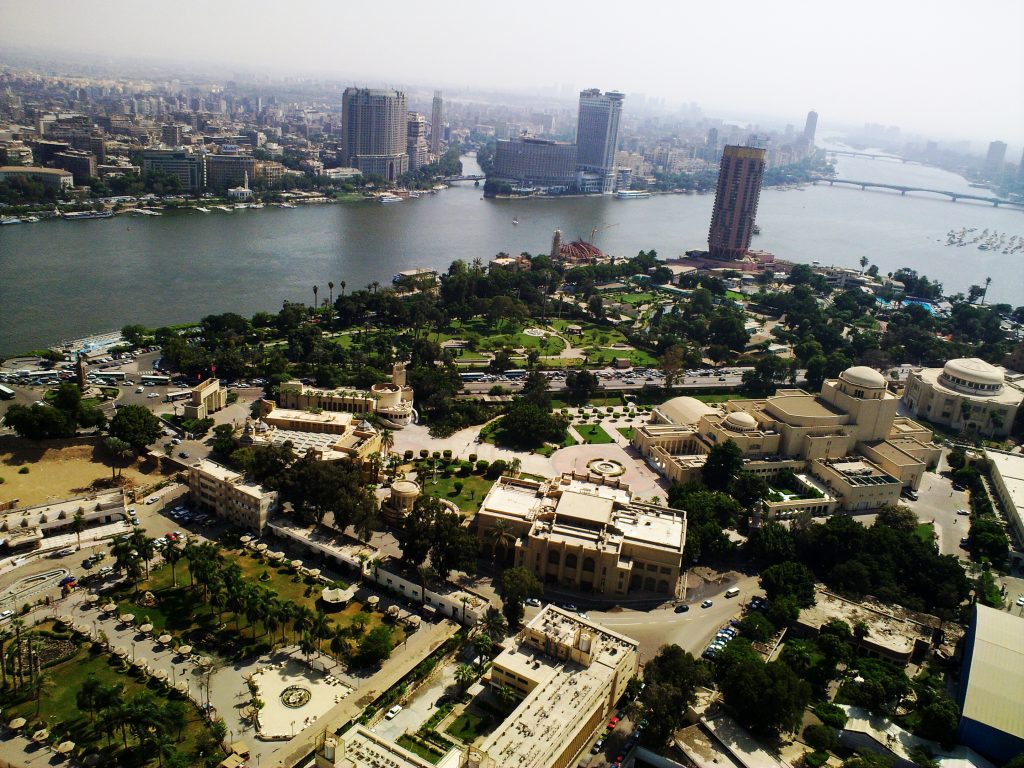
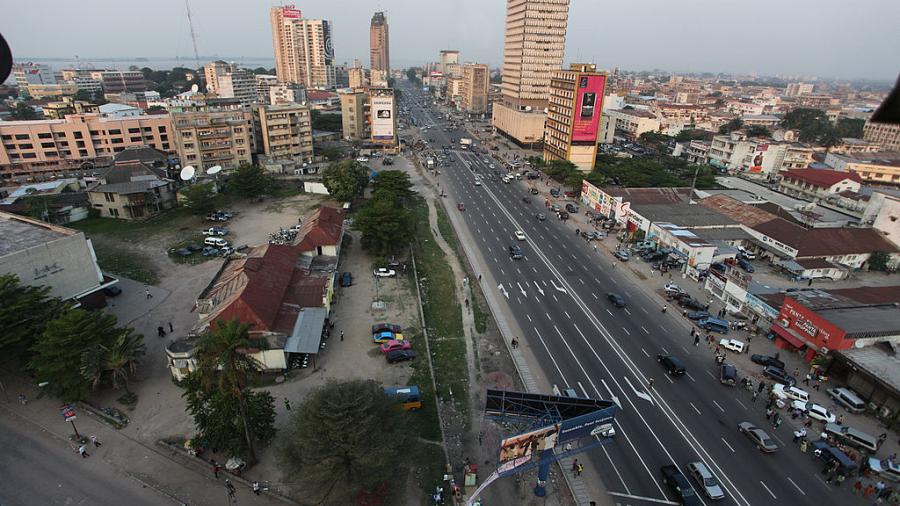
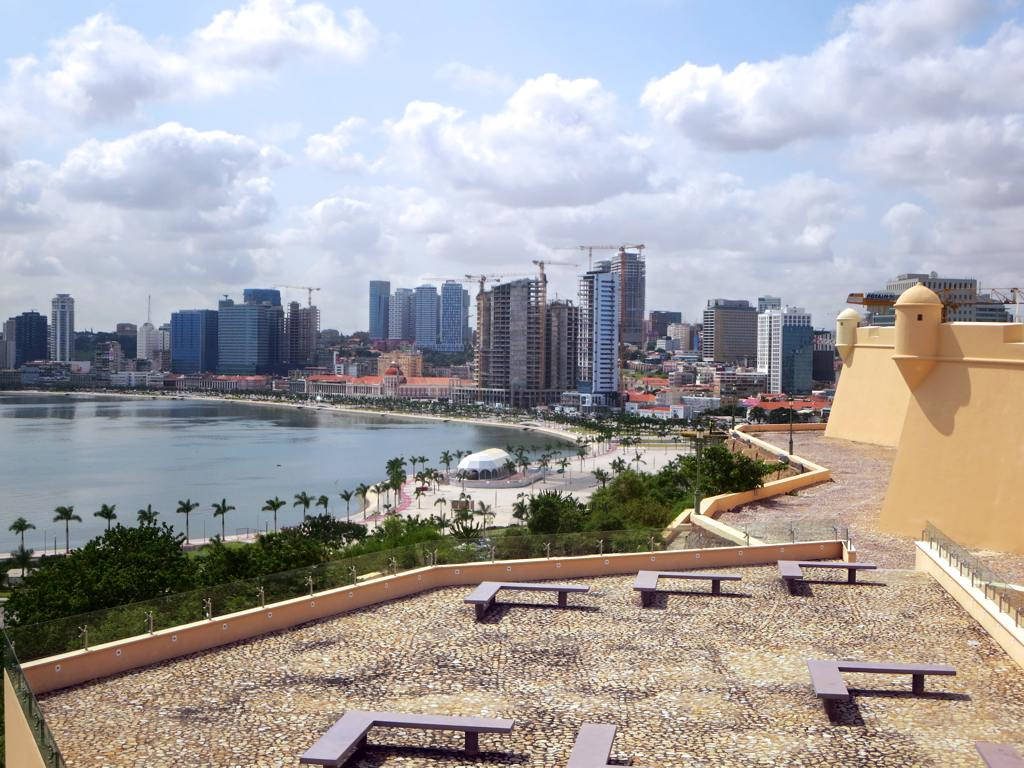
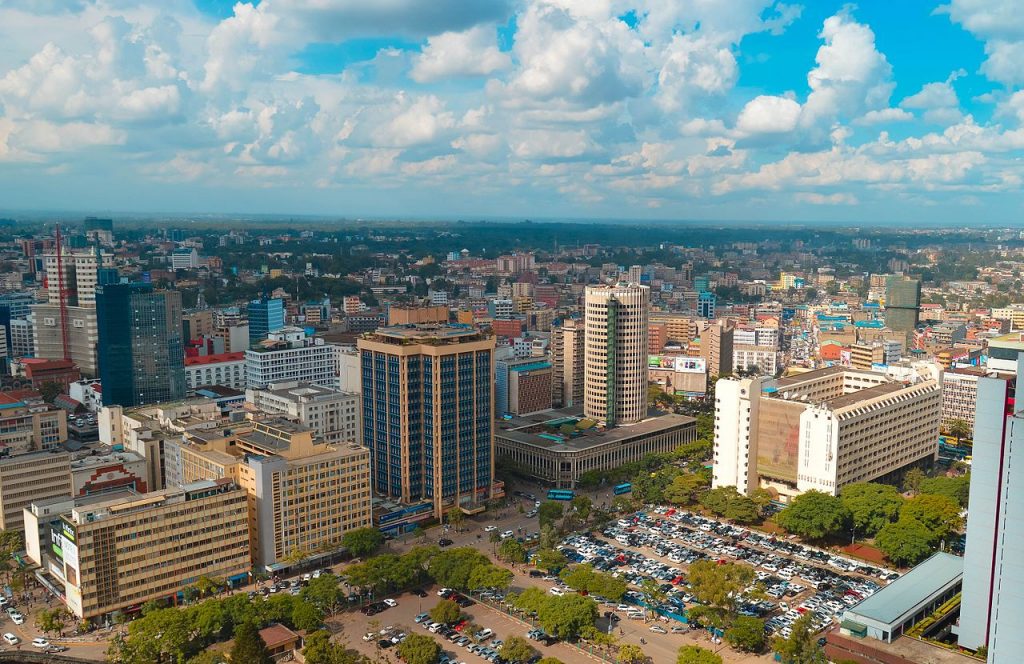
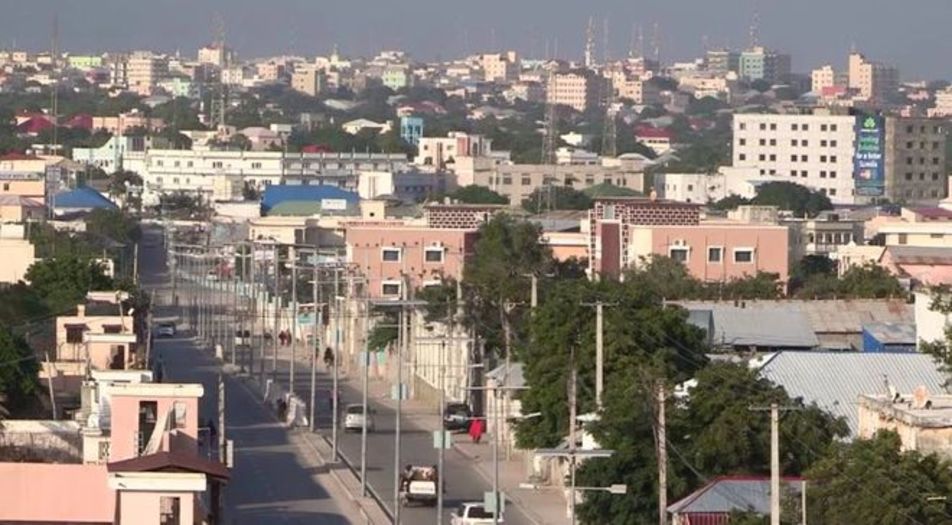
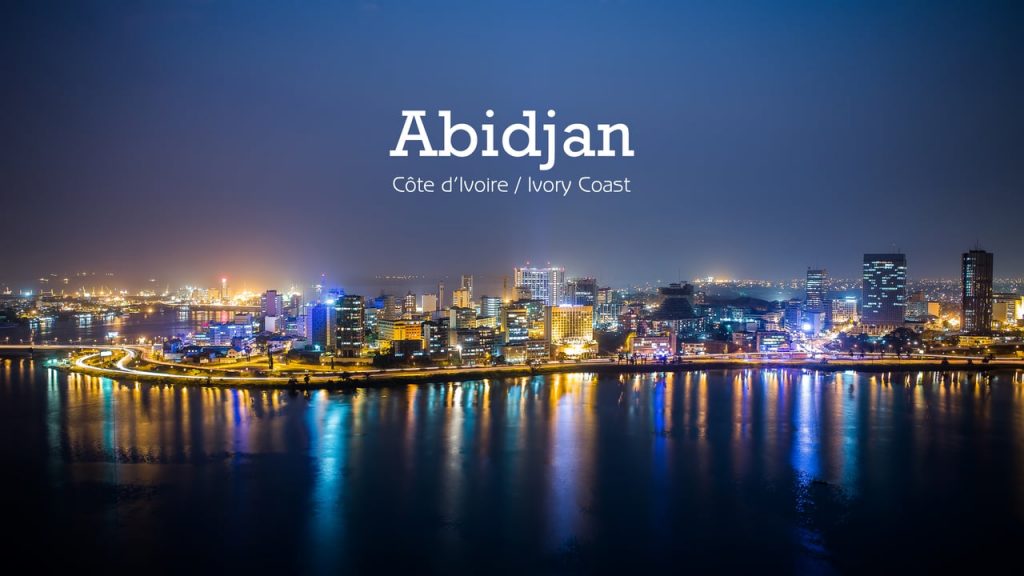
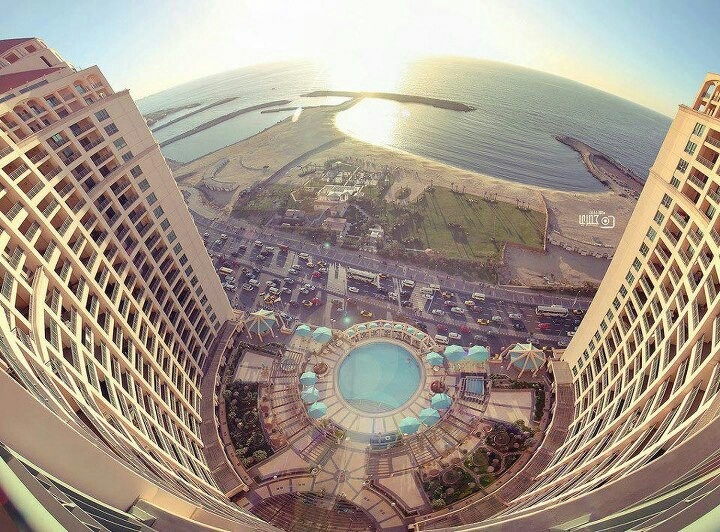
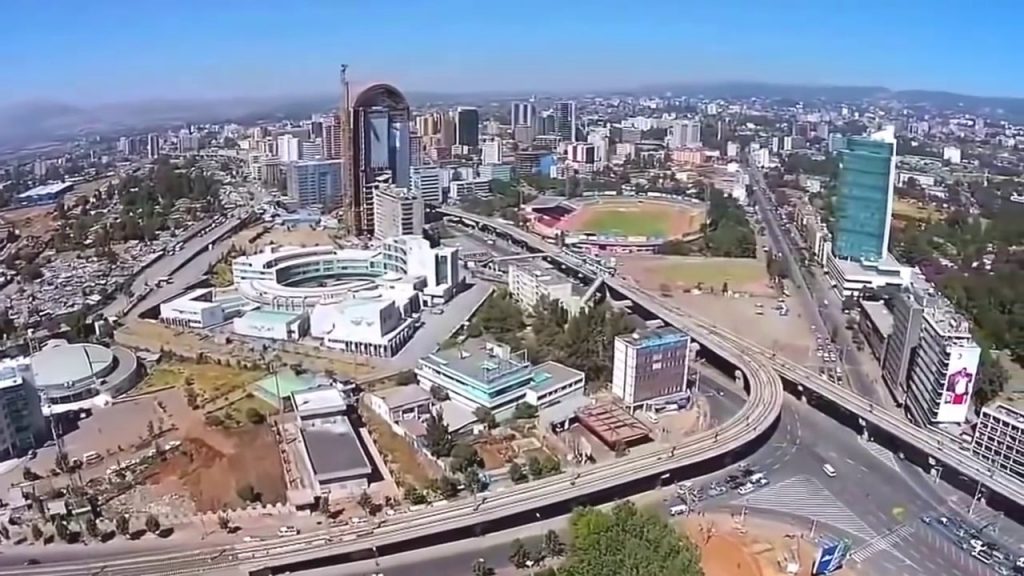





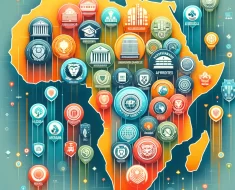


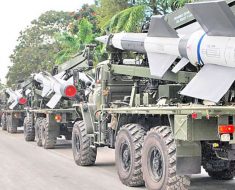
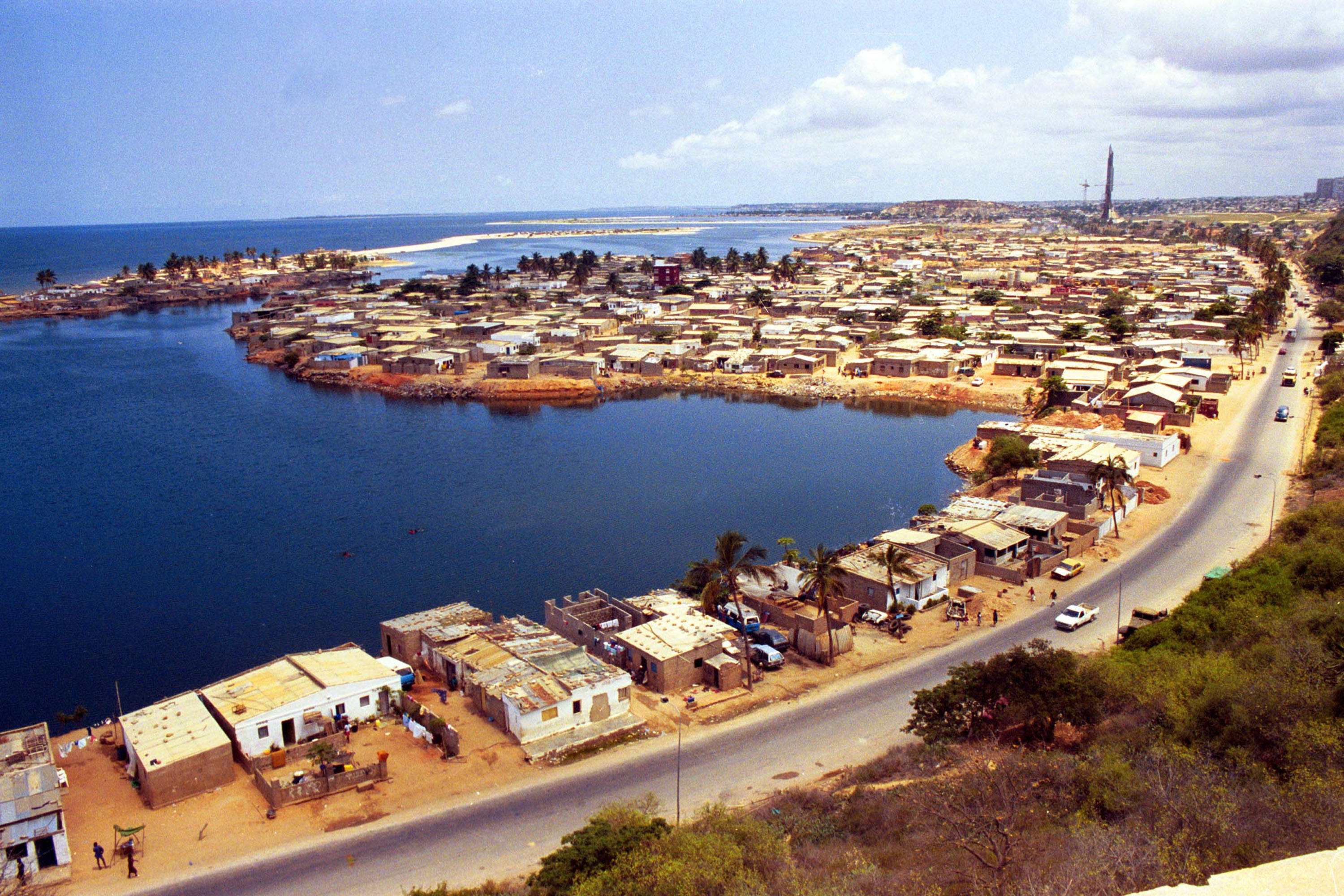
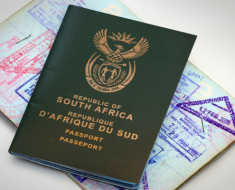

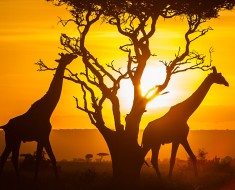
The picture for Lagos, Nigeria is actually a picture of the central area in Jakarta, Indonesia.
The first picture its not lagos!! That is jakarta -_-
LOL that first picture
Picture for LAGOS totally wrong. It is picture of JAKARTA
Nigerians they are too baise I swear writing and posting wrong statistics. They just hate Cameroon for no good reasons. If you are talking about population in Africa never leave Douala asides u cow. Again, when talking about 50 richest people in Africa, y u of all people refuse to put Baba Amadu Danpulo who happens to be the number one rechest franckpphonie in Africa. But u mentioned many rich franckpphons without him that just because he is a Cameroonian 🇨🇲. Ei shock me ohhhh